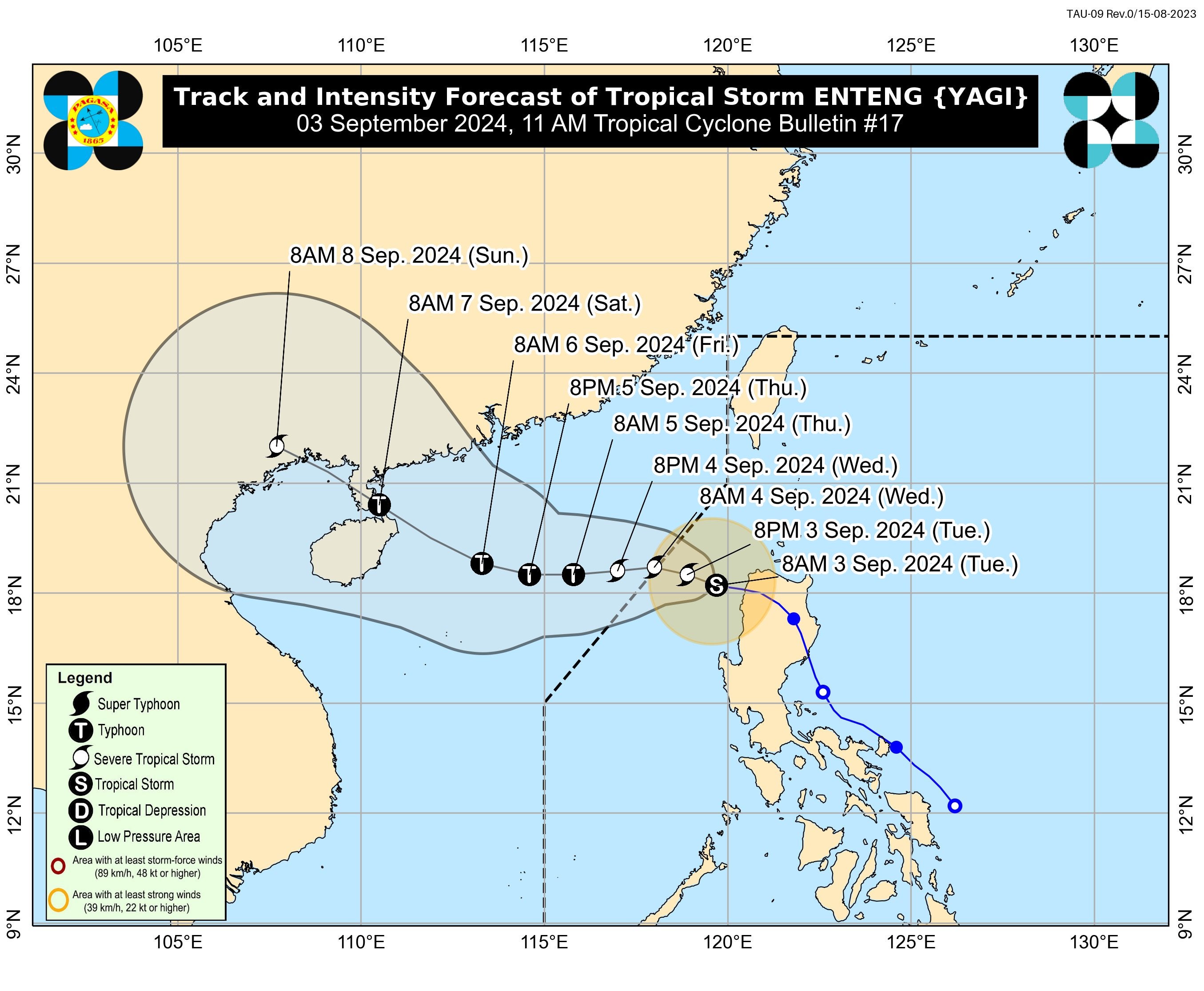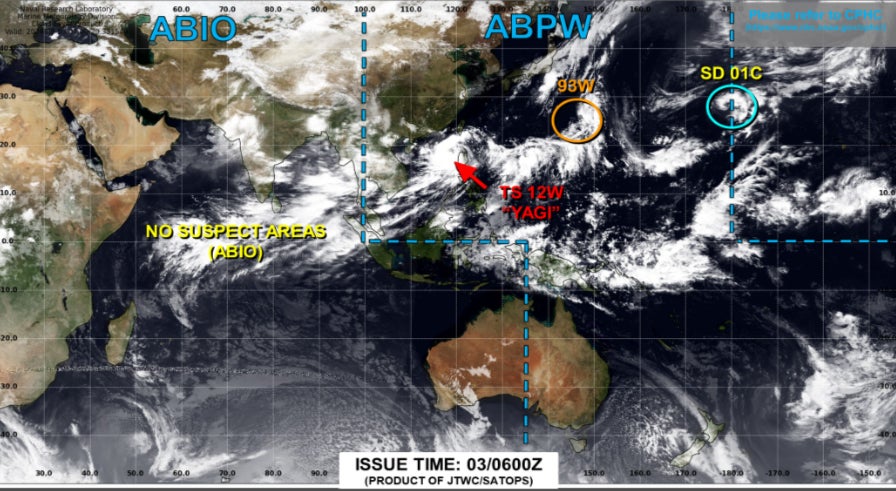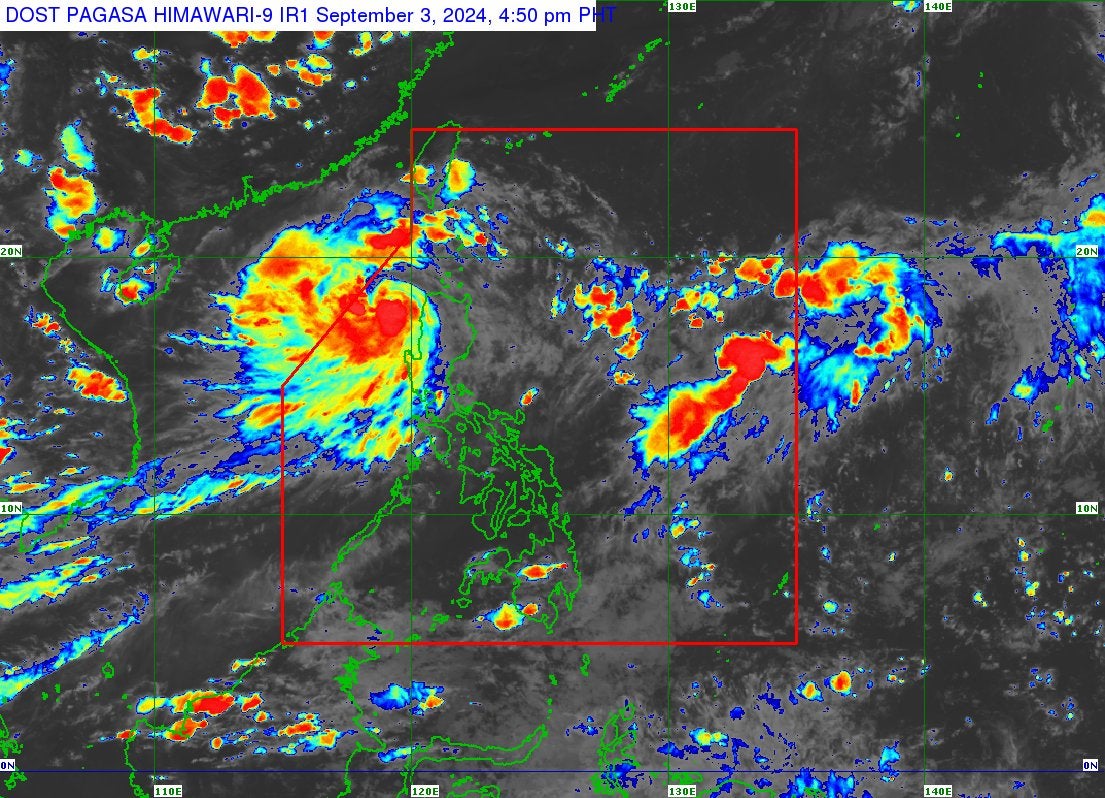Tropical Storm Yagi has been steadily strengthening as it moves northwest through the South China Sea after causing devastating damage in the Philippines.
As of Tuesday afternoon, Typhoon Yagi had become a severe tropical storm and was centered about 330 kilometers (205 miles) southeast of the Pratas Islands, with maximum sustained winds of 75 kilometers (47 miles) per hour and gusts of 125 kilometers (78 miles) per hour.
The storm is expected to strengthen into a typhoon as it approaches southern China and Hainan island later this week.
The storm has already killed at least 14 people in the Philippines, causing heavy rains and landslides before moving westward off the island.
Warnings have been issued in southern China as Typhoon Yagi approaches, bringing heavy rains, strong winds and rough seas.

Hong Kong authorities are bracing for the typhoon, warning of worsening weather conditions including gusty winds and rough waves over the next few days. Hong Kong, known for being well prepared for typhoons, is bracing for the possibility of serious damage as Typhoon Yagi approaches.
The Hong Kong Meteorological Observatory issued a level 1 typhoon alert, indicating there was a “relatively high” chance it would be raised to level 3 on a five-point scale later this week, the South China Morning Post reported.

Typhoon Yagi is expected to pass within 400 kilometres (250 miles) of Hong Kong on Thursday and further strengthen into a severe typhoon by Friday, according to weather forecasters’ storm tracking system.
The storm, locally known as Entang, has been devastating in the Philippines, especially in the north, where landslides, floods and strong winds have caused widespread damage.

In the tourist city of Antipolo, three people were killed in a landslide, including a pregnant woman, and four died in flooding. The storm also caused widespread disruption to transportation, with flights canceled and ships halted, leaving thousands stranded.
Read more about how the storm affected the Philippines here.
Even as the storm moved out to sea, the Philippine Atmospheric, Geophysical and Astronomical Services Administration (PAGASA) continued to issue warnings on Tuesday, predicting more heavy rains and possible landslides in the northern and central regions over the next few days. The capital Manila remains on high alert, with schools closed and government offices shuttered.







